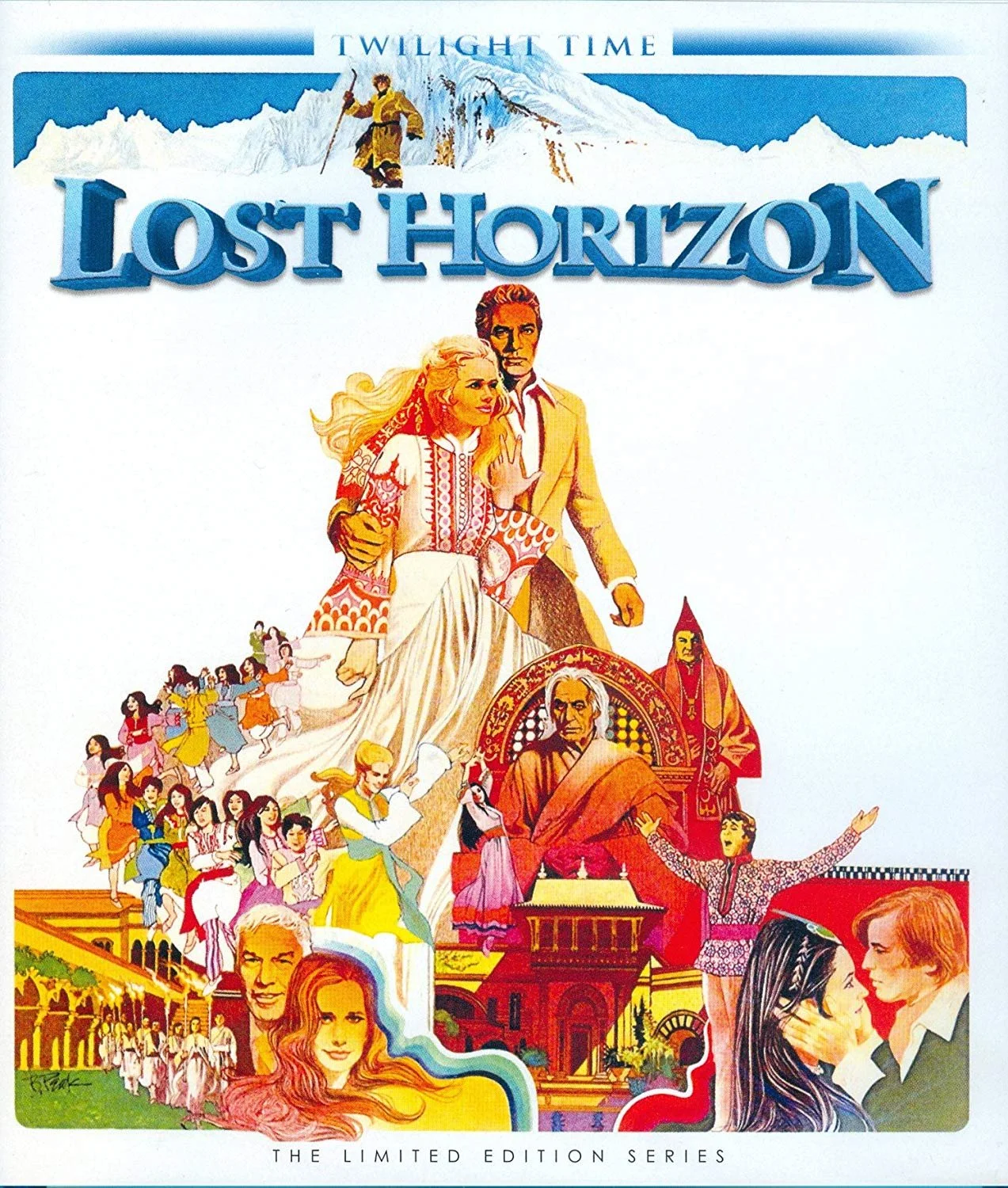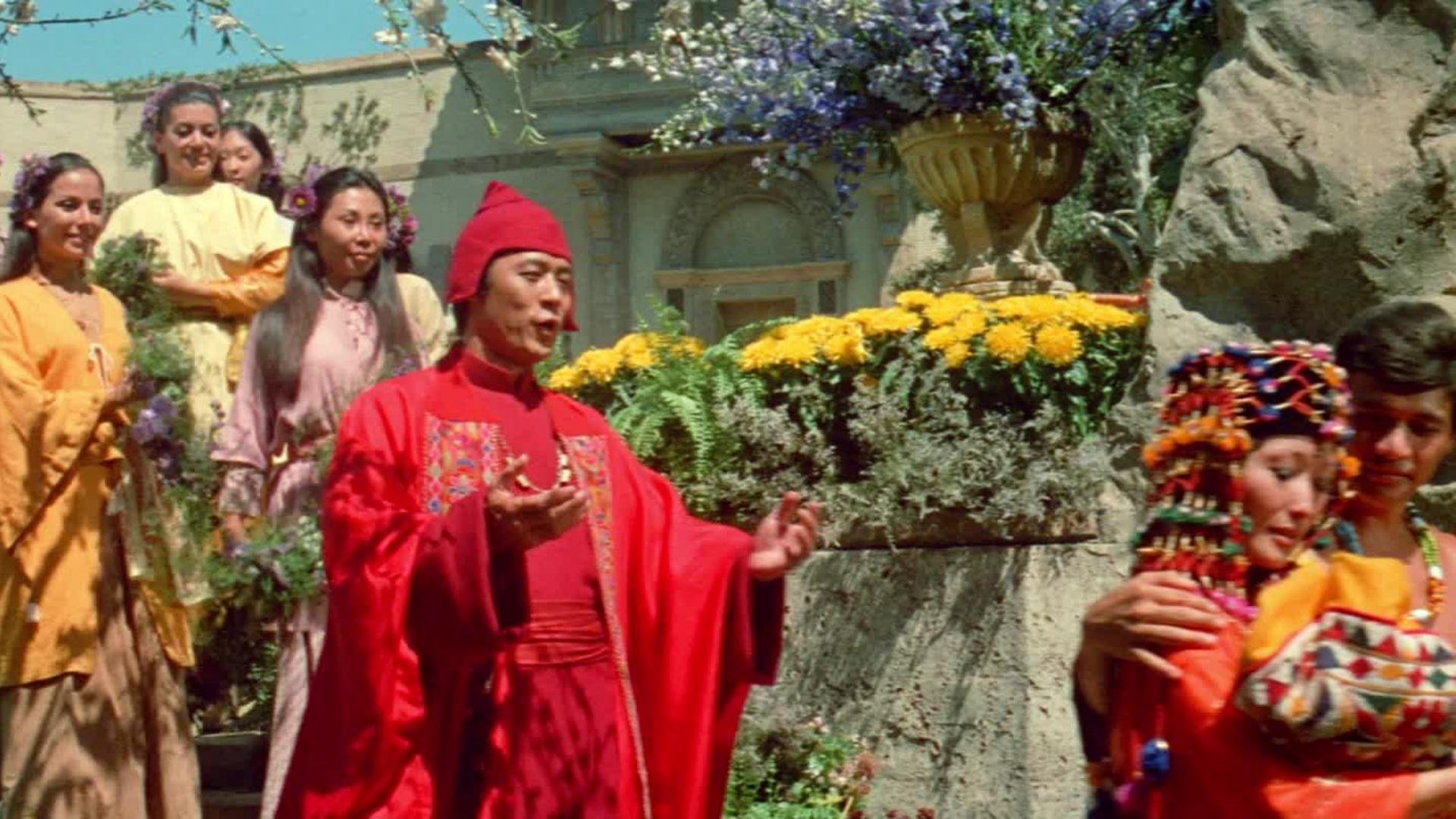The Wonderful and Magical Macrame Wall
At the beginning of my primary school years, my mother remarried. My new stepfather and mother decided to move to Australia. Why? I have no idea. Like many of the nomadic choices made before I left for college, the typical reason was that it would be an adventure. This approach led to moving 22 times by the time I turned 18. And not just down the block. We lived in different countries, cities, small beach towns, and neighborhoods that my mother approved as being “interesting”.
Our first house in Melbourne was in a nice suburb with clean sidewalks and brick houses with large yards. It was a couple of blocks from school. I thought it was swell. But, it was too “stifling and boring”, so we moved to an ancient house that backed up to the Greek area of a large cemetery. I could look over the fence of the backyard and endlessly marvel at the photographs on the gravestones. We also had two sheep that kept the lawn short that fled when approached.
I didn’t inherit my mother’s sense of the dark, off-beat, and southern gothic. I liked the other 1950s brick house with large windows, white walls, and a neat lawn trimmed with a lawnmower. Yes, dull.
At the Greek cemetery house, my mother and step-father argued often. God knows about what, just a lot. There was one heater in the living room, and a perpetual sense of, how to put this delicately, overbearing and endlessly tragic suicidal and desperate depression with both of them. You know, the kind when you come home, say hi, and your mother just sits on the sofa staring blankly with dread at the wall. But, I was good at ignoring emotions and gladly went to school, learned how to play cricket, and the correct way to address the headmaster.
One weekend afternoon, I went to the movies with some friends expecting to see How the West Was Won. Somehow we mixed up the days and Lost Horizon was showing instead.
Let’s switch gears here. Lost Horizon was a remake in 1973 of a classic 1930s movie. It was the last of the big epic musicals. Burt Bachrach and Hal David wrote the score and the film starred seasoned and lauded actors: Peter Finch, Liv Ullmann , Sally Kellerman, George Kennedy, Michael York, and Olivia Hussey. Ross Hunter produced the film. The plot involves a group of white people fleeing a no-name revolution somewhere. Their plane is hijacked and flown to the Himilayas. The plane crashes and oddly nobody is injured in any way, except for some coffee spilling except for the only Asian, the pilot, who is dead. The survivors are soon rescued by people with giant fur coats carrying torches in the blizzard. Fortunately, Sir John Gielgud is among the rescuers. Oddly, Gielgud plays an Asian with a British accent but looks just like John Gielgud.
The group is led through the mountains and passes through a cave into a valley that looks like southern California with many fake flowers (that may be redundant). This is Shangri La. The cheerful citizens spend their days with consistently sunny and warm days, have no disease, and enjoy contemplating life, carting baskets of vegetables, and making crafts. Peter Finch immediately finds the only non-Asian woman with blonde hair, Liv Ullman, and falls in love with her. George Kennedy shows the Shangi Lanians (?) how to make a simple irrigation system. They’ve been in this valley for two thousand years, and even though civilization flourished in Asia when Europe was slogging through the mud of the dark ages, as a white guy, he is the only one to solve the problem. After many songs and some incredibly awkward and mysterious attempts at dancing, the group decides to stay. Meanwhile, Peter Finch, Michael York, and Olivia Hussey decide life in the midst of Watergate, the energy crisis, and a deep recession reached through treacherous and frozen mountains is better than utopia.
The movie tanked. It was panned by critics and audiences avoided it. Burt Bachrach claimed it ended his partnership with Hal David, the director moved on to television, and Ross Hunter never made another film. For decades it was derided as one of the worst films ever made.
Watching it now on Amazon Prime, I am terrified by the blunt sexism and racism. I know it was made in 1973, and it was a different time, but it’s hard to see past the subtext of happy Asians (played by caucasian and Hispanic actors) living in harmony under the guidance of the white people (who seem to pretend to be Asian).
But… when I was nine years old, watching people singing and living in a clean, sunny, and friendly world, I loved it. When one is nine, a refined sense of film criticism and critical deconstruction is limited. These people were so happy and they found a perfect place to stay for the rest of their lives, doing what they loved (macrame, crafts, reading, and swinging children around). Nobody was woken up and told a divorce was imminent and to be ready to move, or that life would be more interesting in another country. For me, that was miraculous.
Three elements stand out for me still. First, I need the marvelous walls of macrame and hanging textile art. If I only had the skill and months to make such a wonderful thing. Second, Sally Kellerman manages to bring a surprisingly multi-layered character to what could have been a nincompoop. While everyone else sings about the world as a circle and twirling, she grapples with addiction, depression, and recovery. And finally, it’s so darned positive. One can find a place to be safe and content.









